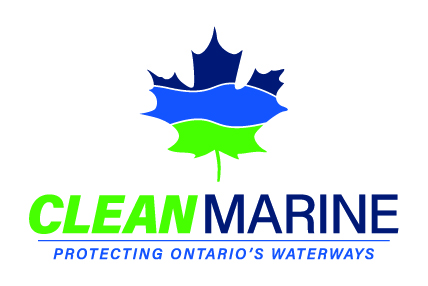Title Page
-
Monthly Facility Inspection Report for Hazardous Waste and Storm Water
-
Client / Site
-
Conducted on
-
Prepared by
Hazardous Waste Container Inspection
-
1. Are the containers in good condition (i.e., no leaks, bulging, etc)?
-
2. Is the waste compatible with the container and/or its liner?
-
3. Are the containers kept closed when not in use?
-
4. Are the containers holding “ignitable” wastes located at least 50 feet from the property line?
-
5. Are incompatible wastes stored separately and not in the same container?
-
6. Is each container, storing less than 110 gallons of waste, marked with the following label: <br>HAZARDOUS WASTE – Federal law prohibits improper disposal. If found, contact the nearest police or public safety authority or the U.S. Environmental Protection Agency.<br>
-
7. Does the label contain the generator’s name, address, phone number and EPA ID Number?
-
8. Does the label contain the proper waste codes for the material?
-
9. Is the start date of accumulation time clearly marked on the container?
-
10. Does the “hazardous waste storage” satellite area contain only one (1) drum (55 gallons) of hazardous waste?
-
11. Are the hazardous waste storage areas clearly designated (i.e., signage)?
-
12. Are containers stored in compliance with the 90-day accumulation time limit?
-
13. Are the secondary containment areas or outlying areas free from leaks or spills?
General Hazardous Waste Compliance Issues
-
1. Is the contingency plan up to date (i.e., current employee information)?
-
2. Are manifests kept on file (for at least 3 years)?
-
3. Are the manifests returned within the 35-day time limit? If not, has an exception report been filed? Are the LDR’s attached?
-
4. Are the manifests complete and all discrepancies noted (i.e., disposal site address and EPA ID Number, generator address and EPA ID Number, quantity disposed of, proper waste codes, etc.)?
-
5. Are analyses or generator knowledge information retained on site for at least 3 years?
-
6. Are internal communication or alarm systems in working order?
-
7. Are fire extinguishers charged in the hazardous waste storage areas?
-
8. Is absorbent material available for spills or leaks?
-
9. Is there sufficient space for unobstructed movement of equipment and personnel?
Overall Environmental Compliance Issues
-
1. Are the storage tanks in good condition with no signs of leaks or corrosion?
-
2. Are secondary containment areas free of product or waste? If no, the product/waste must be pumped out and placed in the oily water storage tank.
-
3. Are all secondary containment areas capable of retaining liquids?
-
4. Are the seams, rivets or valves in good condition and not leaking on the tanks?
-
5. Are the tanks stable (no indication of leaning or falling)?
-
6. Is there sufficient spill control material available in material storage areas and near Ybor Channel?
-
7. Is there any staining around equipment, tanks or other materials?
-
8. Are the tanks in good visible condition without peeling or chipping paint?
-
9. Are all product and waste containers, including tanks and drums, properly labeled?
-
10. Are the level indicators and pressure gauges on the tanks in working order?
-
11. Are the interstitial spaces on the transfer pipes free of product?
-
12. Is solid waste properly disposed of?
-
13. Are batteries properly stored?
-
14. Are used oil filters properly labeled and stored?
-
15. Does the parts washer filter require changing? if so, has it been analyzed prior to disposal
-
16. Are material, waste or equipment stored to prevent possible soil/groundwater contamination (i.e., lids in place)?
General Yard Condition
-
Any other discrepancies noted during the inspection?<br>
-
Note: Hazardous waste training conducted on 10/4/17 & 10/5/17
-
Baghouse pressure was?
-
Overall Environmental Compliance Issues: Keep the cleaning cycle ‘on’ all times on the baghouse to control dust buildup on the bags.
-
Add signature
-
Select date








